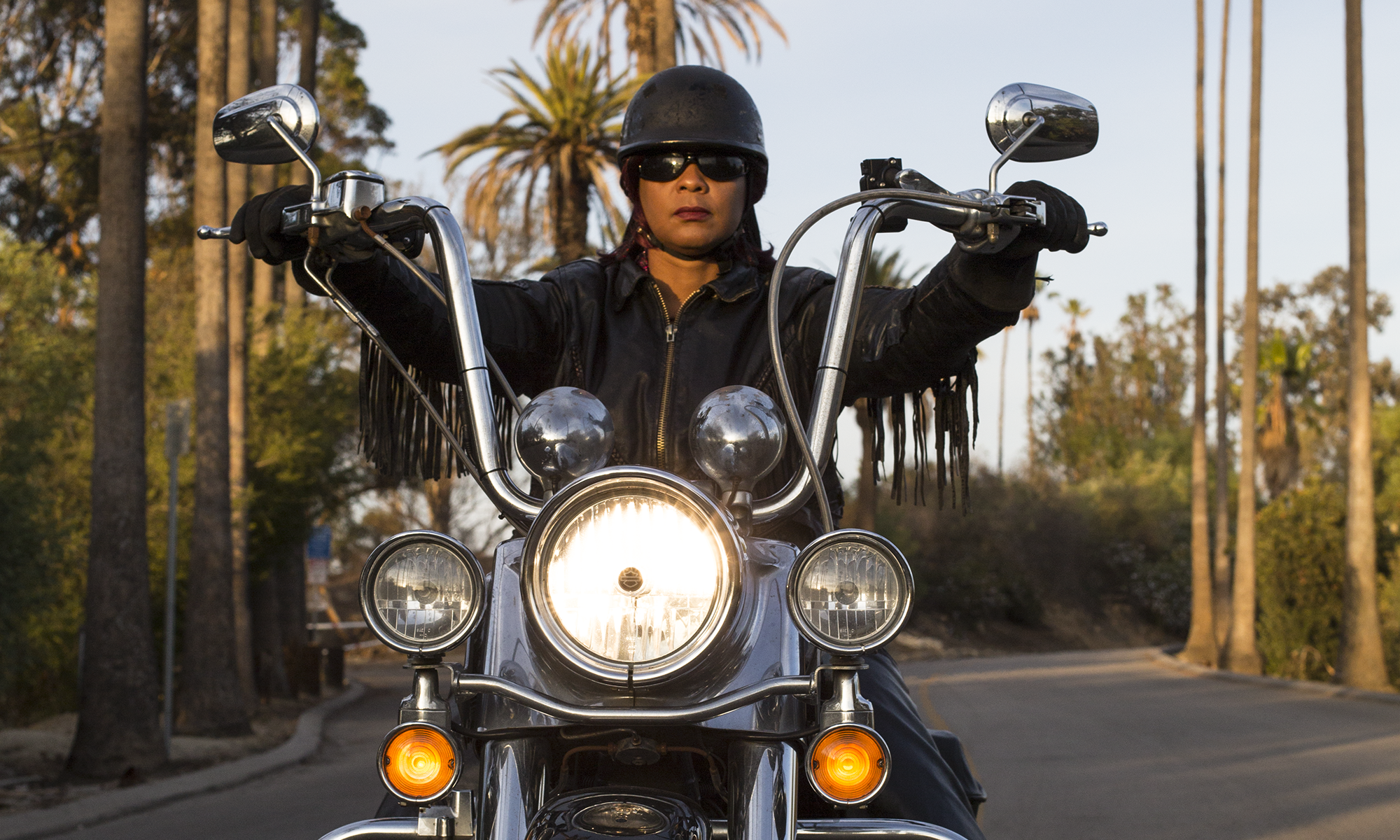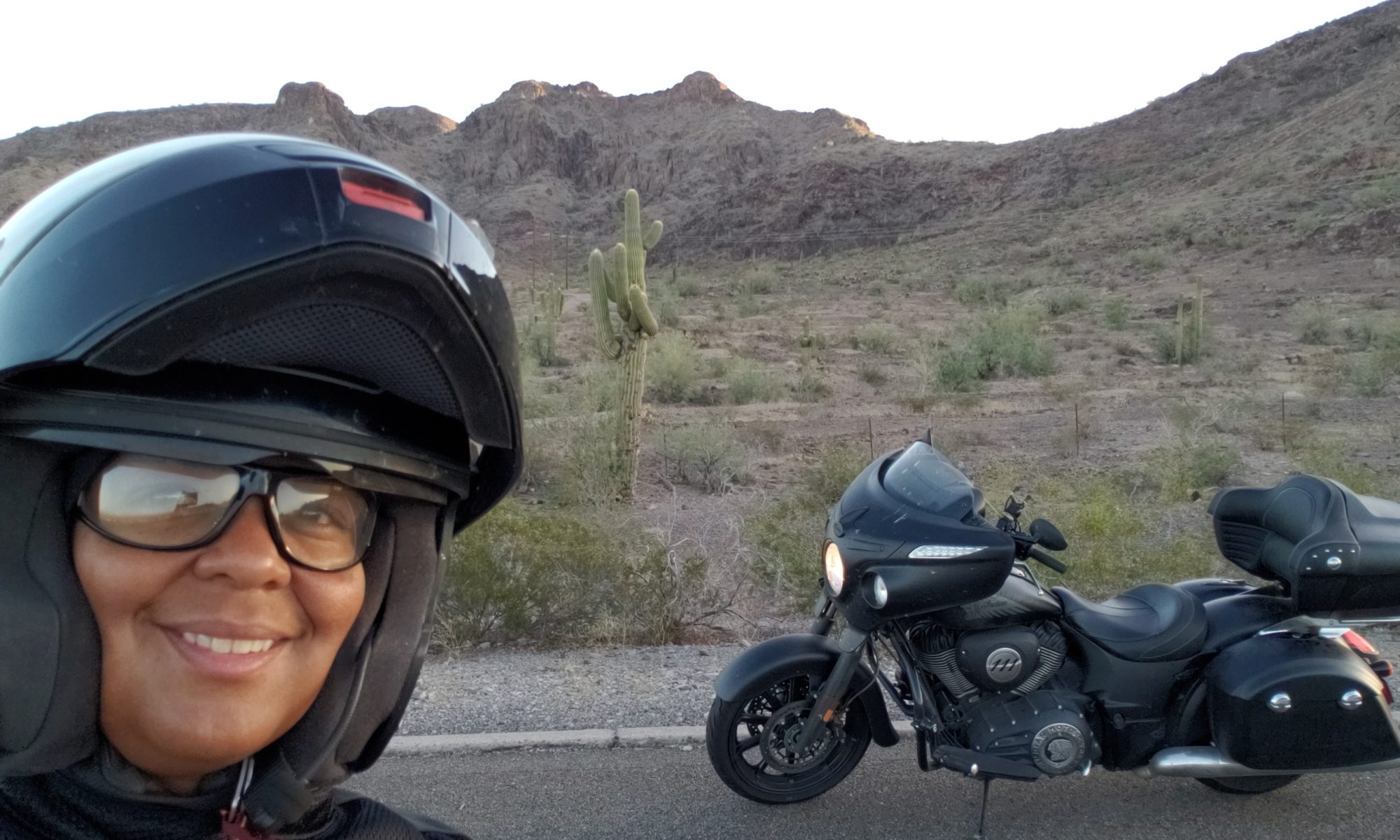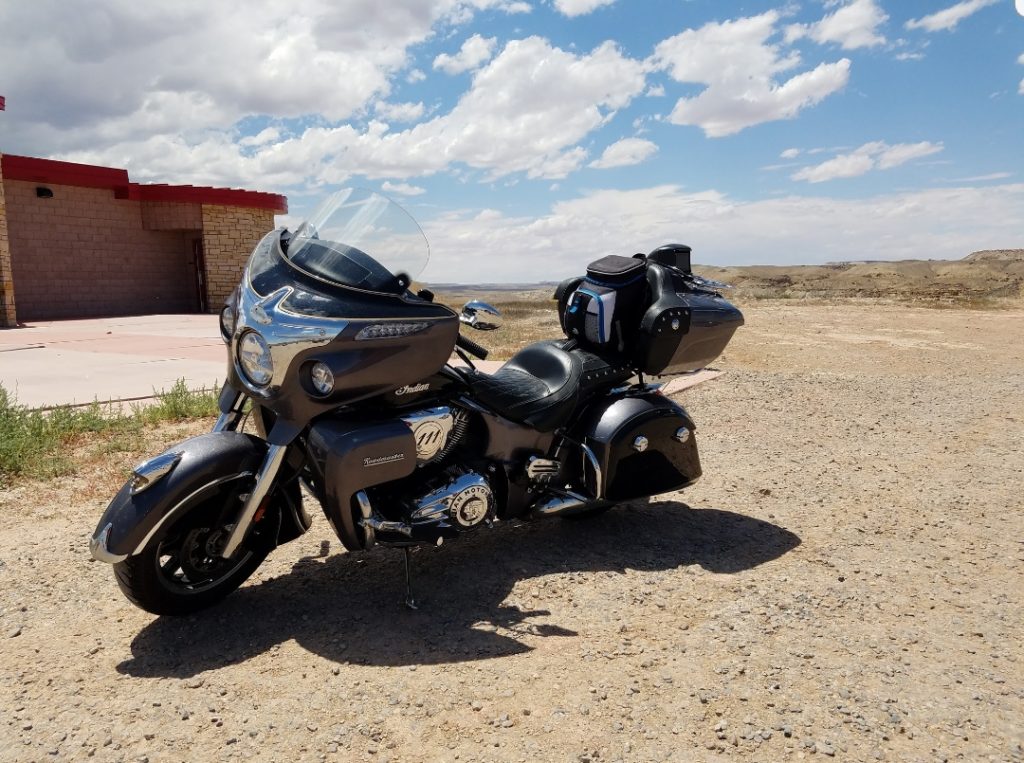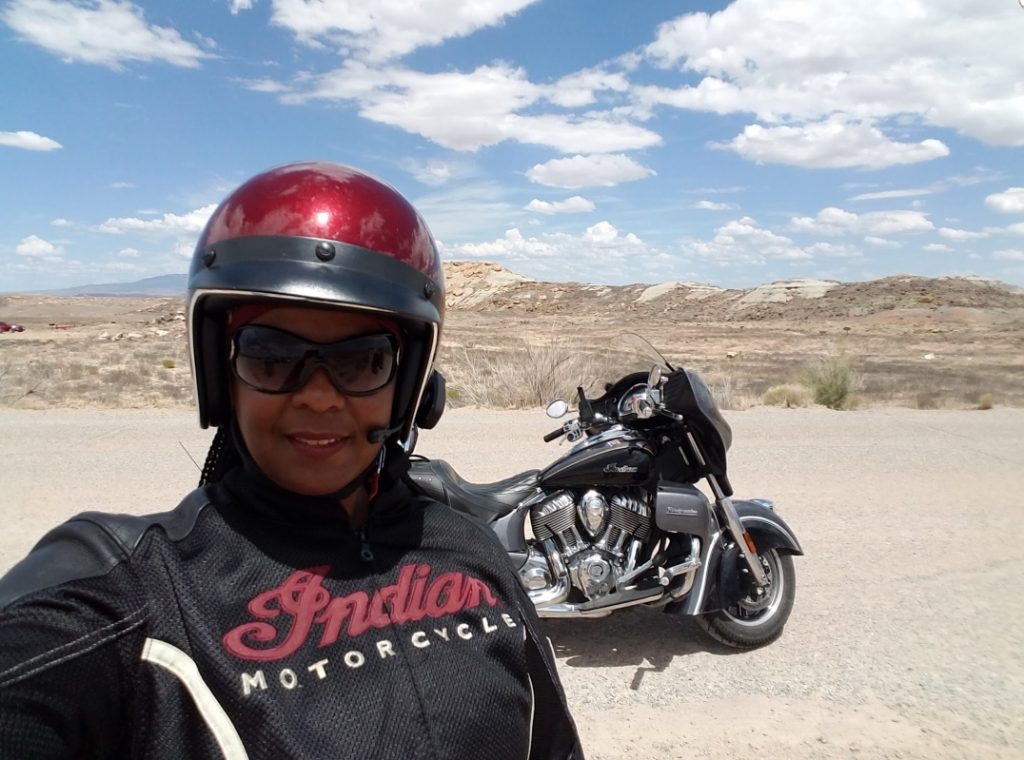I feel like I’m receiving hugs from the beautiful Saguaro cacti every time I ride my motorcycle through the Arizona desert.
The Saguaro Cactus is the largest cactus in the United States of America. In Arizona, the Saguaro Cactus is protected by the Native Plant Protection Act . If you are smart, do not touch cactus in Arizona to avoid a class four (4) felony. You could pay a fine, go to jail or serve time in prison for cutting, vandalizing, shooting, digging up, ramming with vehicle, illegally purchasing or poaching the protected Arizona symbol.
The Saguaro Cactus develops slowly. It takes 3 to 10 days for Saguaro Cactus seeds to germinate. It can take approximately 10 years to grow 1.5 inches before it reaches its full height of 50 feet and weigh more than 4,000 lbs. It usually takes 75 years for a Saguaro Cactus to grow a branch often referred to as an arm. The Saguaro Cactus can live for up to 200 years.
Do your research before you purchase a Saguaro Cactus because it may have microchip to identify a stolen plant. Make sure you purchase a Saguaro Cactus from an approved supplier. The cost of a Saguaro Cactus depends on the size. Some saguaro cactus can be sold for $100.00 per foot. The Saguaro Cactus are usually sold by approved garden centers or online distributors from $5.00 to $2,500.00.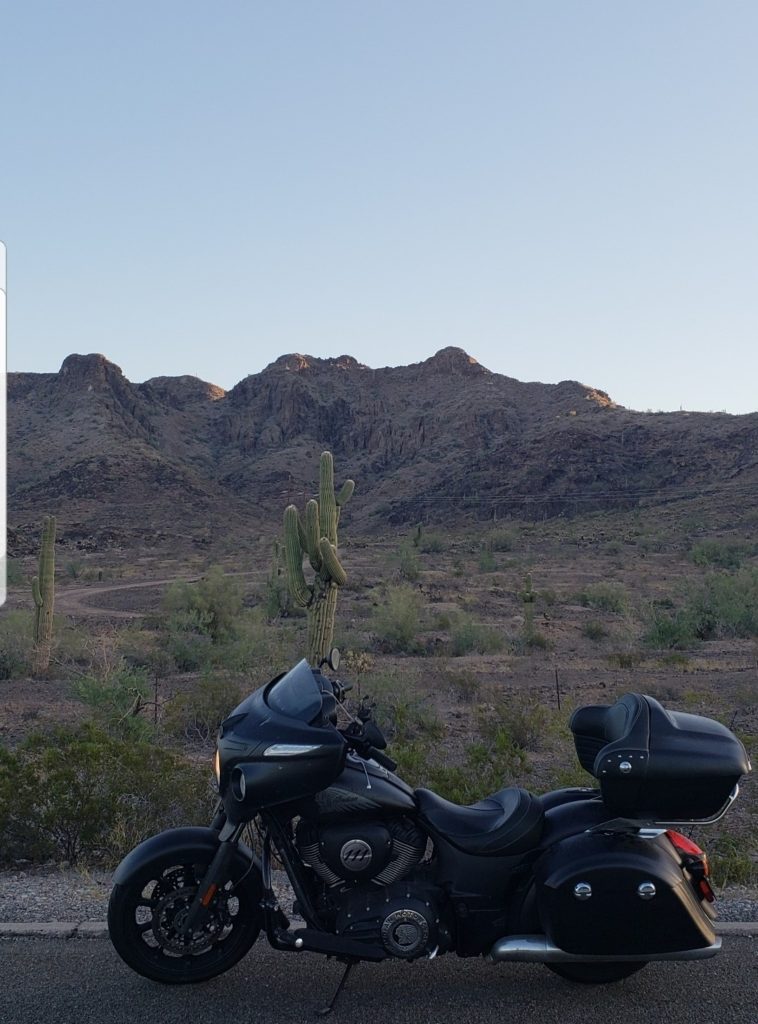
ARIZONA REVISED STATUTE 3-932
A. A person commits theft of protected native plants if, without the express consent of the landowner, the person knowingly removes or destroys any protected native plants from private or state land. Theft of protected native plants with a value of:
1. One thousand five hundred dollars or more is a class 4 felony.
2. At least seven hundred fifty dollars but less than one thousand five hundred dollars is a class 5 felony.
3. At least five hundred dollars but less than seven hundred fifty dollars is a class 6 felony.
4. Less than five hundred dollars is a class 1 misdemeanor.
B. A knowing violation of this chapter involving either the misuse of permits, tags, seals, or receipts, or the collection, salvage, harvest, transportation or possession of protected plants without any required permits, tags, seals or receipts is a class 1 misdemeanor. A subsequent conviction for a violation of this subsection is a class 6 felony.
C. All other violations of this chapter are class 3 misdemeanors except that if a prior conviction is a class 3 misdemeanor, a subsequent conviction is a class 2 misdemeanor, and if a prior conviction is a class 2 misdemeanor, a subsequent conviction is a class 1 misdemeanor.
D. From and after June 30, 1990, on conviction of any violation of this chapter the director may request of the court that the convicted person, or a responsible person from a convicted entity, be ordered to attend educational classes or programs pursuant to section 3-911, subsection C.
E. On conviction of a violation of this chapter, the director may also request of the court as a provision of the sentence, the revocation of all permits issued to the person convicted and the permittee shall be required to surrender any unused tags or seals or receipts to the division, and the division shall not issue new or additional permits to the permittee for a period of one year from the date of conviction. The director may further request of the court that the sentence include a provision prohibiting a person convicted of a violation of this chapter from engaging in the salvage of protected native plants or acting as agent for any other permittee for a period of up to one year. In considering any such request to revoke or deny permits or prohibit work in salvage or with another permittee the court shall consider:
1. The nature of the offense.
2. The nature of any prior convictions
3. The overall performance record by the convicted party in terms of its violations of this chapter compared to its efforts to salvage native plants as intended by this chapter.
